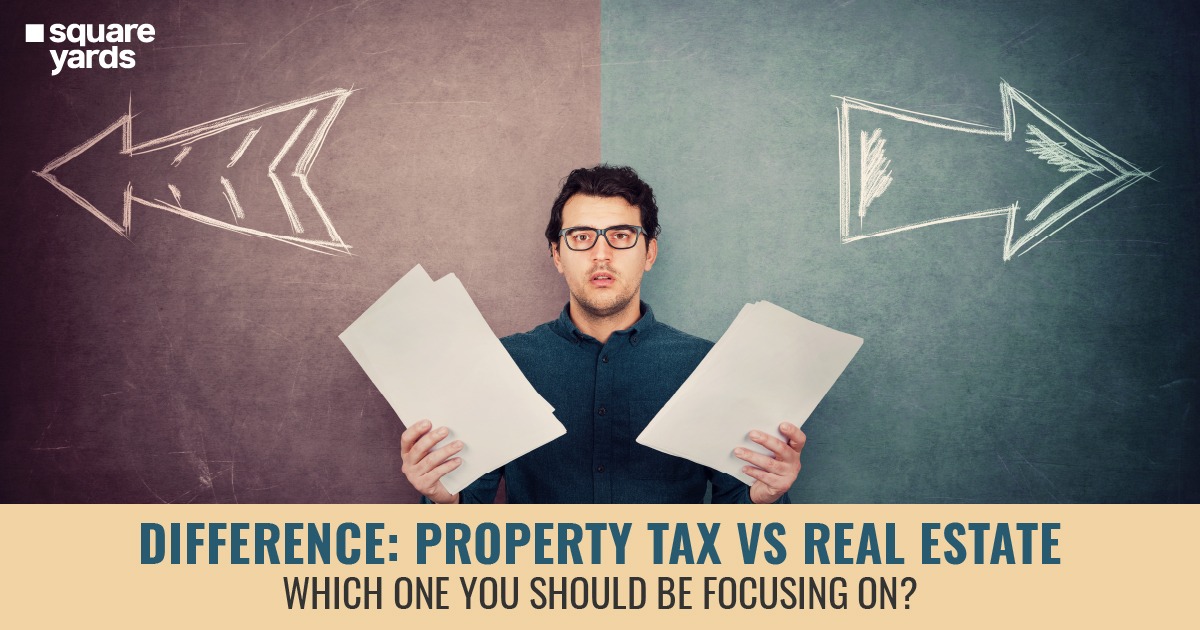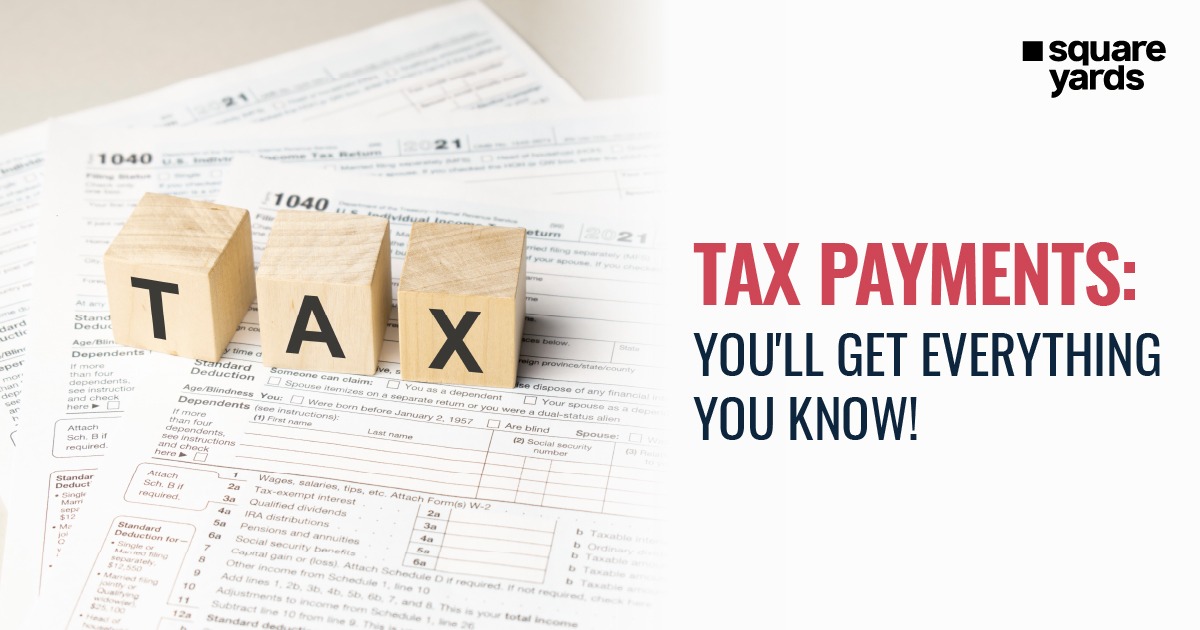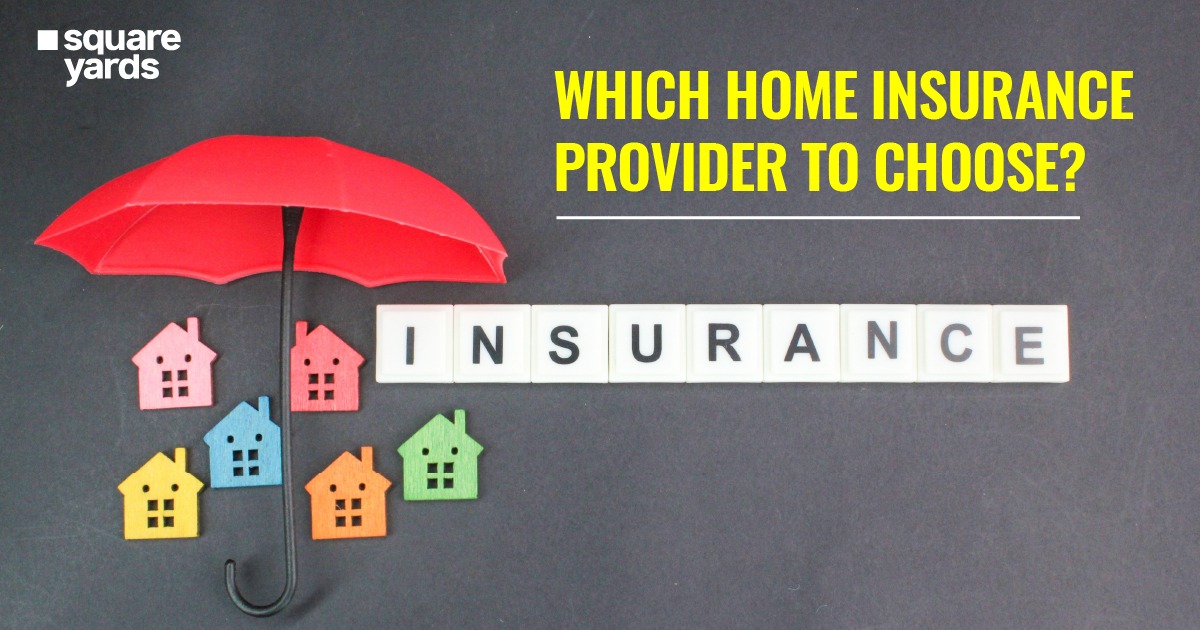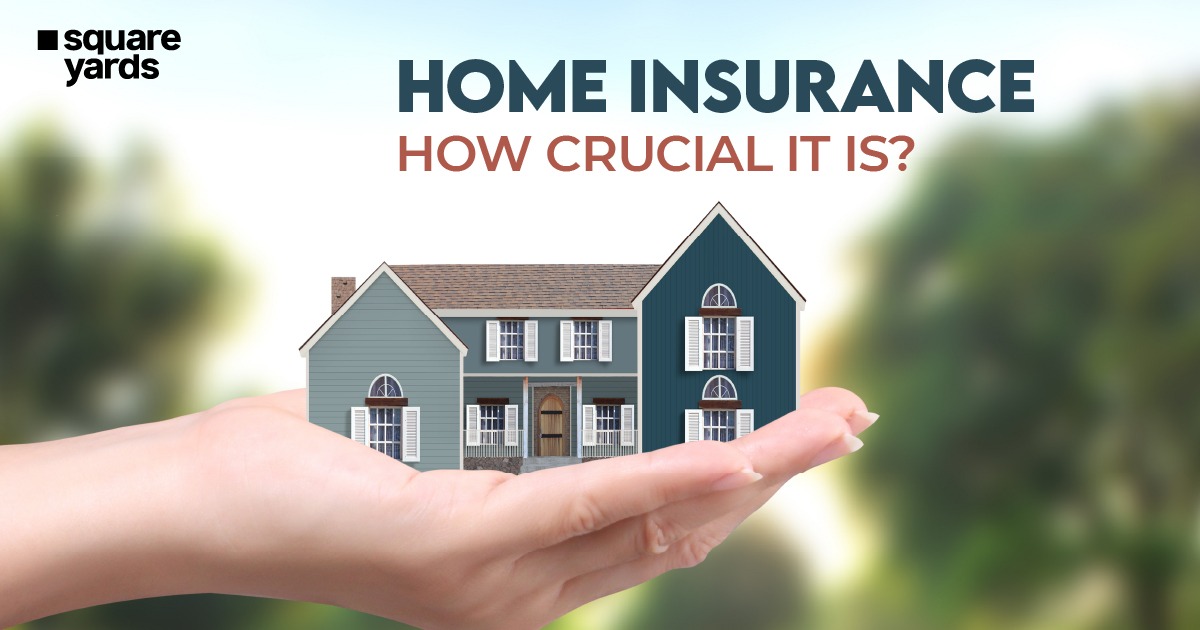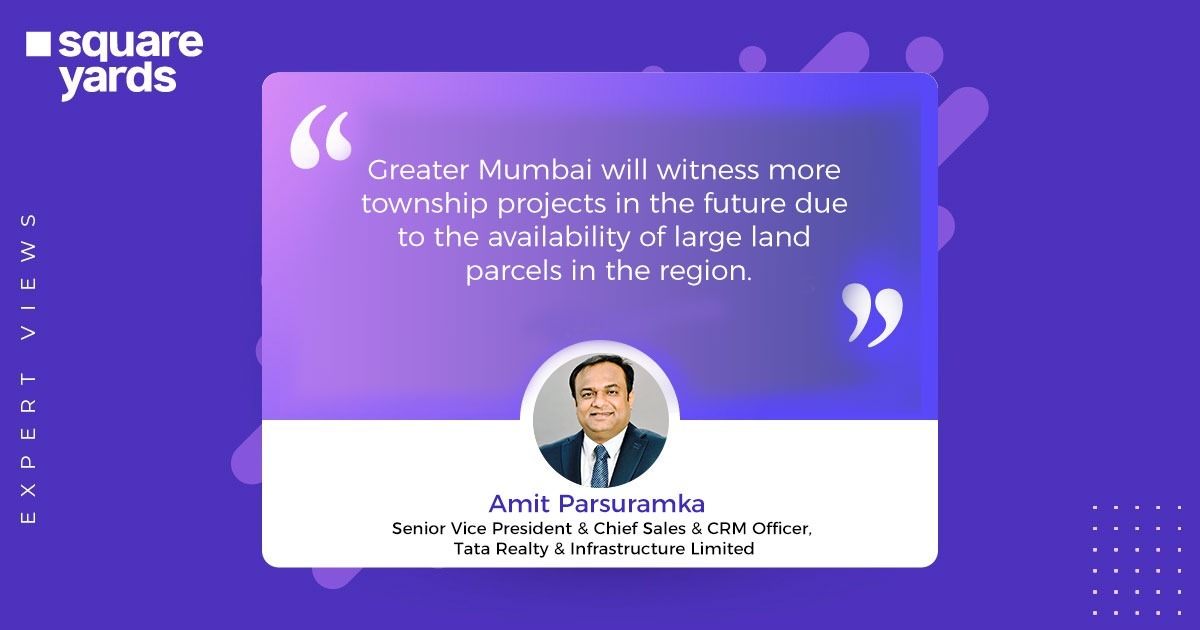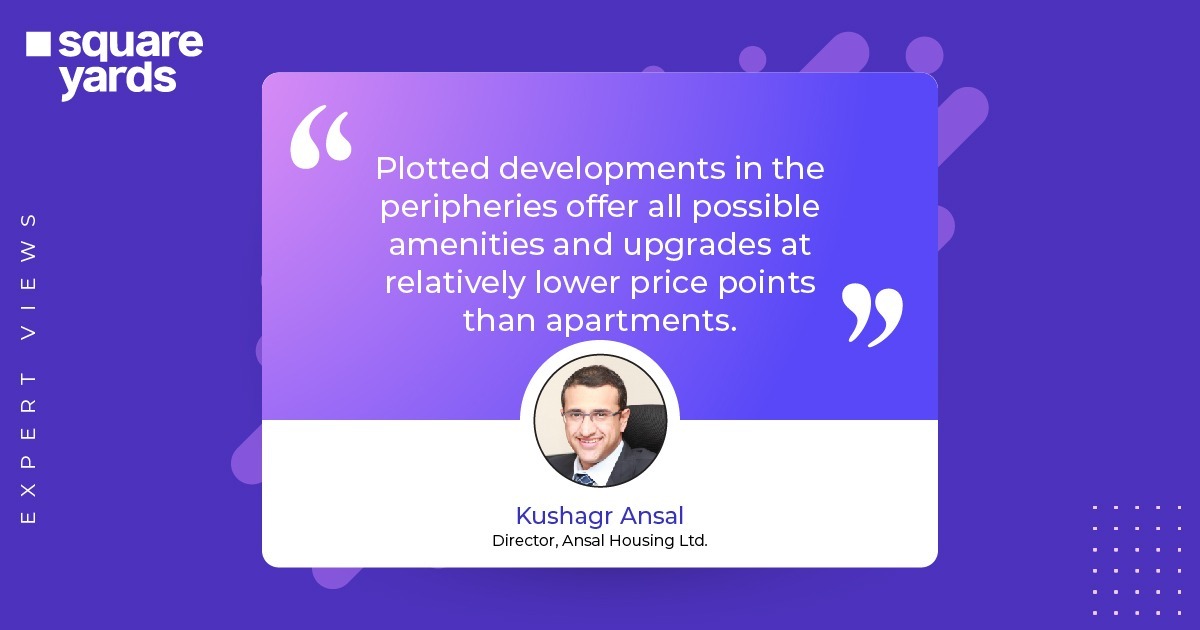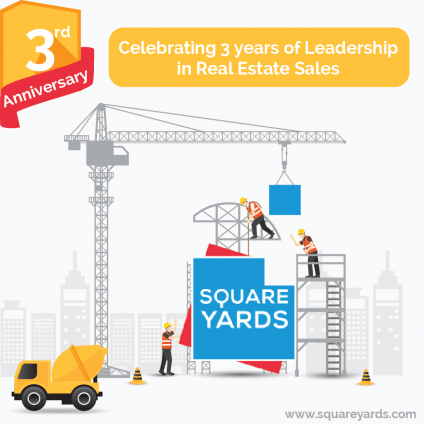Undivided land Share – UDS
What is UDS
When you are buying an apartment, you are technically buying two things.
- The constructed part of the building where people will actually reside &
- A proportionate share of the land where the property is built. This share of land allotted to the flat buyer is known as undivided land share or UDS.
It is very important to understand that prices of land keep escalating over time and may offer substantial return on investment for an apartment because of the UDS in the name of the property owner.
Situations where UDS is important
- At the time of buying the apartment
- In case the apartment is going for redevelopment or there is a natural calamity
- In case of surrender to the government
- At the time of selling
Legal aspects of UDS:
Legal implications of UDS whether stated explicitly or not, do exist. For example: If an apartment building is to be demolished for reconstruction or comes under acquisition for a government project to be made available for demolition, the compensation administered to the flat owner depends on the percentage of the undivided land share in the property.
The sum of all the undivided land shares for each apartment owner must be proportionate to the area of the land in which the apartments are constructed.
In case of co-operative housing societies, the UDS must legally be in the name of the society as the flat owners are the shareholders of the society.
How is UDS CALCULATED?
It is based on the percentage of the super built up area of the apartment to the total super built-up area of all the flats or the entire society.
For instance: if 5 equally sized apartments of 1000 sq ft are built on one piece of land which measures 3500 sq ft, the UDS will be calculated as below:
UDS = Super built-up area of individual flat /Sum of all flats’ built-up area x Total Land Area
= 1000 / 100X5 x 3500 = 700 sq ft
Important things to consider:
- Buyers should confirm UDS with their developers as some developers tend to retain some share of property with themselves for future plans of constructing some floors in the building in the future. This can then lead to reduced UDS for current owners.
- If a building has a basement, then the owner of the basement also retains rights over the property and should demand UDS. This UDS will become useful in case of renovation or reconstruction of the building.
- Generally two agreements are made – one construction agreement and the sale agreement. In the sale agreement, UDS is mentioned.
For Example in Karnataka and Tamil Nadu, new flats are sold and registered in the name of the buyer before the construction is completed. These cases are referred to as “FIRST OWNERSHIP”. These flats are registered only for the land value (Undivided land Share or UDS). So, stamp duty is payable only for UDS value.
There will be a separate agreement for construction with the builder. In case of SECOND SALE, the registration is done for the full value (both Land + Building) and the stamp duty is payable for the full value.
- Buyers generally have to pay registration charges on the UDS because of this many buyers willingly accept lower UDS as this allows them to save money during registration of the property. However, this can be detrimental in case of the building being demolished and reconstructed after a few decades in which case the owners will be allotted a smaller share in the new project.
- There is usually a dedicated section in the builder agreement catering to the UDS share which is mostly mentioned in either percentage terms for example 0.75% or in exact square feet terms.






